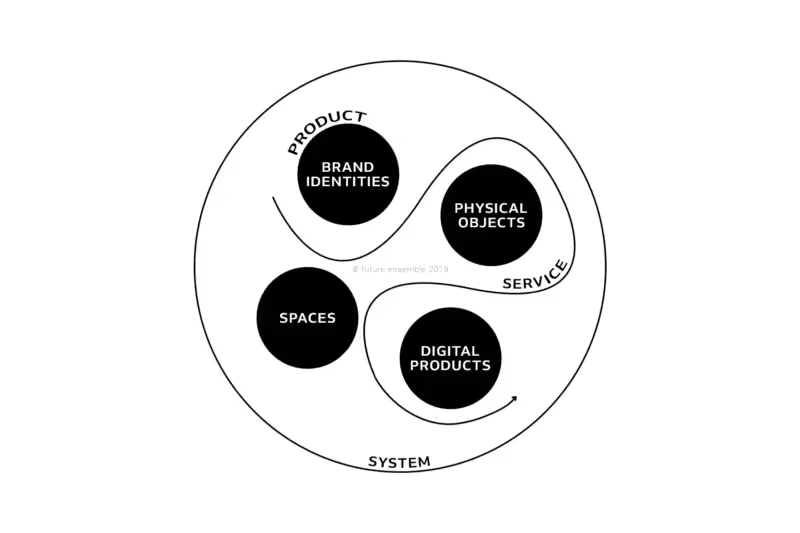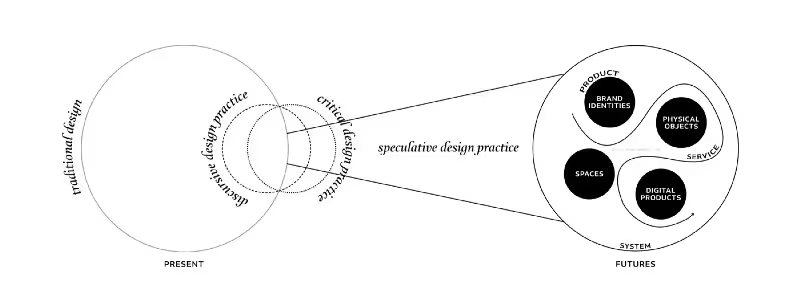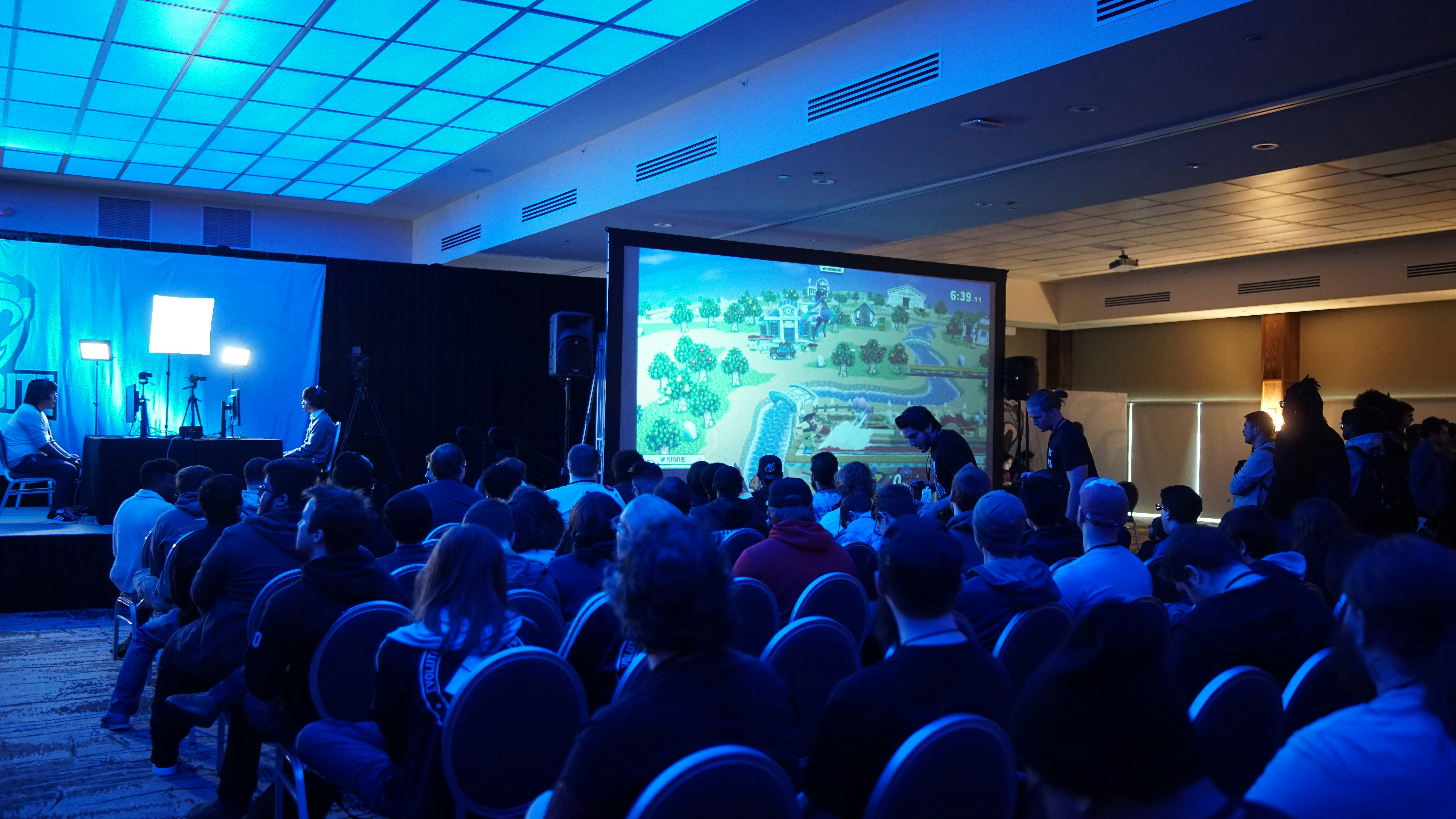Design, Futures and LSD
What Service Design is or isn’t is not the purpose of this article. To each designer, their practice, and the work usually speaks for itself. This article aims to start a conversation. One not about services being seen as a discrete design outcome supplying a human need — i.e. public housing, or utilities such as energy and water — nor one about financially viable strategies satisfying both customers and staff requirements. Rather, one expressing that the design of services cannot be dissociated from the practice of making. A Latent version of Service Design, so to speak.

Design, Futures and LSD
Service Design—the design of services—is a funny beast. Deeply rooted in the 60s’ democratic and inclusive Scandinavian cooperative design movement, its name actually comes from the corporate sector where it was first described using a particle physics analogy.
“(Service Design) suggests that behavioural hypothesis, which rearranges or alters any element, by design or accident, will change the overall entity, just like changing bonds or atoms in a molecule creates a new substance.” (G. Lynn Shostack, 1982).
What Service Design is or isn’t is not the purpose of this article. To each designer, their practice, and the work usually speaks for itself. This article aims to start a conversation. One not about services being seen as a discrete design outcome supplying a human need — i.e. public housing, or utilities such as energy and water — nor one about financially viable strategies satisfying both customers and staff requirements. Rather, one expressing that the design of services cannot be dissociated from the practice of making. A Latent version of Service Design, so to speak.
There are many ways to define, describe and even teach Service Design. In the class that I teach at RMIT School of Design Master of Design Innovation and Technology, Service Design is thought of as Design Strategy — i.e. knowing what to design in order to create a relevant human experience.
In this class, services are defined as the invisible thread linking tangible products — brand identities, physical objects, spaces and digital products — with the abstract nature of the systems they create. In other words, it is a firm stance of this class that the design of services cannot be dissociated from the design of products and systems; and that it would be hard for anyone to design a service experience without prior knowledge of designing at the product level.

In the speculative design space in which my class is immersed, this means something that looks a bit like James Auger and Jimmy Loizeau’s Afterlife project.
Jump to 1:40 and you’ll hear James describe Afterlife as a Service — the invisible thread linking their suite of products (i.e. a microbial fuel cell and a dry cell battery) to the system conversation they create (i.e. ‘the cultural shift from traditional belief systems upheld by organised religion to the more factual basis of science and technology’).
As a reminder, below is a mental framework to think about speculative design as opposed to traditional design. Speculative design practices are discursive by nature. However, the approach takes the critical practice one step further, towards imagination and visions of possible futures and alternate realities.

Alternate realities exist when time travel changes the timeline of a universe, resulting in a different reality being created — just like changing bonds or atoms in a molecule creates a new substance. Or just like when Swiss scientist Albert Hofmann accidentally ingested a small amount of LSD for the first time on April 16, 1943. Here’s how Albert described his human-first experience:
“At home I lay down and sank into a not unpleasant intoxicated-like condition, characterized by an extremely stimulated imagination. In a dreamlike state, with eyes closed (I found the daylight to be unpleasantly glaring), I perceived an uninterrupted stream of fantastic pictures, extraordinary shapes with intense, kaleidoscopic play of colors.”
Amidst the overhyped Silicon Valley microdosing craze and the resurgence of hallucinogenic-assisted therapies, could LSD make us design more creative products, services, systems and futures?
Manoj Fenelon, Associate Professor Strategic Design and Media Studies at Parsons School of Design/The New School, and ex-Director of Pepsico Foresight & Innovation would agree. Strap in and watch him present his fabulous keynote on The Limits of Control: Notes on Letting Futures Emerge that I had the pleasure to attend at PRIMER19 New York City in June 2019.
Skip to ~40:45 for some unusual conference topics, although the whole thing is worth a watch. Taking inspiration from the Australian indigenous dreamtime, Manoj posits that today’s world is a direct product of the dreams of yesteryear’s influencers; and therefore that the dreams of today’s influencers are shaping the world of tomorrow.
Hallucinogenics aside, whose dreams will we live in though? And should we lift the veil on the reality we’ve inherited before designing futures? Here’s to everyone working for system change through design and speculation.

Dr Olivier Cotsaftis is a post-disciplinary designer navigating the spaces between presents, futures, fictions, and realities. At RMIT University School of Design, his research addresses socio-ecological innovation in more-than-human heterotopias. Ollie is also the founder and creative director of future ensemble studio and the co-founder of Speculative Futures Melbourne — the Melbourne Chapter of The Design Futures Initiative. Most recently, Ollie joined the editorial board of Research Methods: Biotechnology Design (Cambridge Press, UK).
To learn more about human-centered design, check out the This is HCD podcast or come and chat with us on Slack.
.png)



